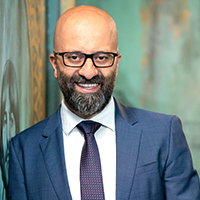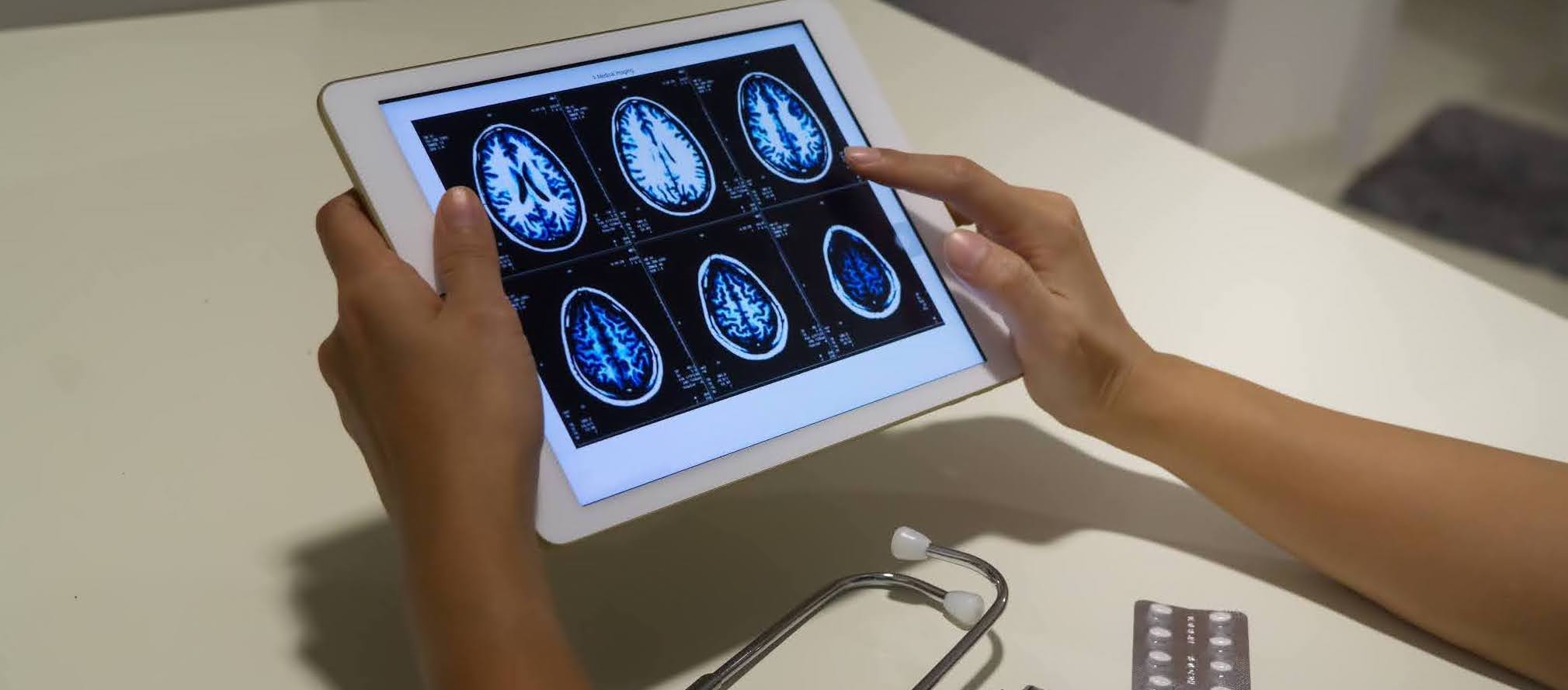Throughout a clinician's education, most of their training is focused on the medical aspects of their profession. From learning how to treat patients with care and empathy, to building the hard skills that can save lives. Rarely are leadership skills included. With today's rapidly changing healthcare landscape, leadership and business acumen are not only becoming favorable traits, but are required for clinicians pursuing a successful career.
The evolving role and responsibilities of a clinician
Over the past decade, clinicians have faced the pressure of developing an ‘improved bedside manner’ as new payment initiatives and increased patient expectations have come into play. Add to this, the more recent expectation to have the financial and business acumen of a CEO, and suddenly an already demanding profession is now even more so.
These drastic shifts call for an immediate change in how clinicians and doctors view their role. Yet many clinics are still running off the traditional, and what is widely regarded as an outdated model, where doctors treat patients, nurses care for them, and the administration team looks after the front desk. In this traditional model of medical practice management, it's almost always doctors that are making the decisions that determine the quality and level of care that a patient receives with little input from others unless directed by a doctor. Yet, as patient care has evolved into a system with multiple providers, care teams and technologies that cover the full patient journey, the role of a clinician has evolved with it, and now encourages a more bird's eye, strategic involvement.
Why medical practices need to adopt clinical leadership
When clinicians take a leadership approach to the care they deliver, they gain a greater sense of accountability for all areas of the practice, including increased visibility into the quality of patient experiences and the overall financial performance of the clinic.
In larger medical organisations where clinicians and their teams rely on complex and rapid decision making, the command and control approach from the top-down is a step backwards.
By using a distributed leadership approach, clinicians are empowered to make decisions locally, guided by the organisation’s overall mission—without the negatives of bureaucracy and top-down intervention. Using this approach, clinics often see better collaboration between all team members as they aim to achieve a common goal; delivering excellent patient care.
Addressing the challenge of adding more to an already demanding profession
Organizational change has always been a challenge, and implementing a distributed leadership approach in a medical practice is no different. With an already demanding and stressful role, the thought of adding more to a clinician’s plate is worrisome.
Although it gives clinicians more responsibility, distributing the leadership across the organisation will make reaching decisions, delegating tasks, and running a practice easier as the pressure isn't placed on a single leader to do the job.
Despite there being clear benefits to this approach, most clinicians feel solely responsible for their practice’s success and rarely believe their team should share responsibilities, which is why you'll need to create a persuasive argument for this change:
- Highlight the systemic benefits to the entire practice team. Oftentimes team members are eager to do more, they just need to be given the opportunity to do so. If clinicians within the organisations are early adopters and championing their leadership skills, distributing their success stories can encourage others to also adopt these skills.
- Show transparent performance data–both medical and financial–for improved decision making and increased involvement in the overall financial performance of the clinic. This may require an investment in getting the right systems in place to generate reliable and timely performance data that is easily accessible to all clinicians.
- Discuss how shared leadership responsibility can aid in increasing revenue in a medical practice by reducing the time spent chasing top-down decisions and effectively redistributing it across areas that are profitable for the clinic.
- Define the skills expected of clinicians in the organisation, where there is a need for development, and how you plan to support their development to fill in the gaps.
To sum it all up
While clinicians have an ongoing commitment to patient care and traditional clinical skills, a shared understanding of how to leverage the internal evolution of your growing organisation is crucial to your healthcare organisation's long-term success.
Often, striking the right balance between the business and medical side of running your practice requires a forward-thinking mindset. To support clinicians in organisations large and small, we’ve created a complimentary future-proofing guide to champion change effectively and ensure strong growth for decades to come.
By staying ahead of the curve, your organisation will deliver better patient experiences and improved financial outcomes. Simply click below to download your copy.
Clinic to Cloud does not provide tax, legal or accounting advice. This material is for informational purposes only and is not a substitute for independent professional advice. You should consult your own tax, legal and accounting advisors before engaging in any transaction. See the Clinic to Cloud Disclaimer for further information.




